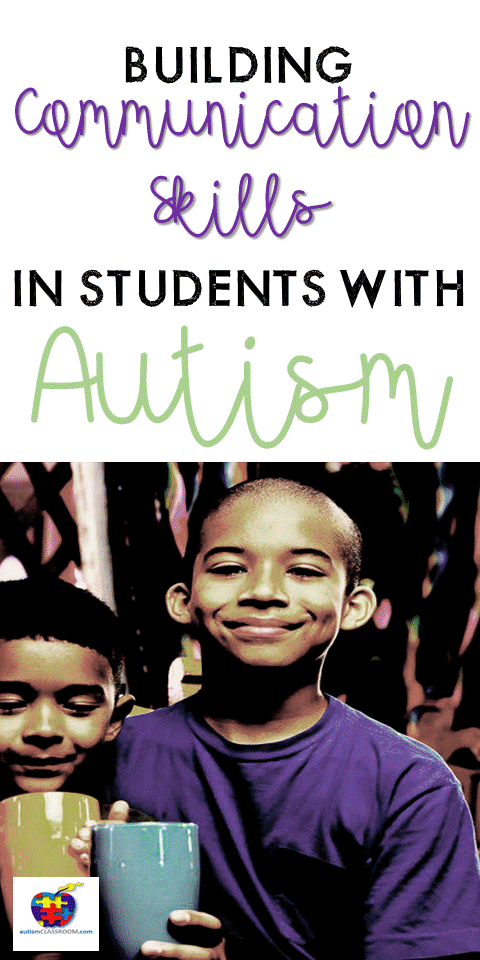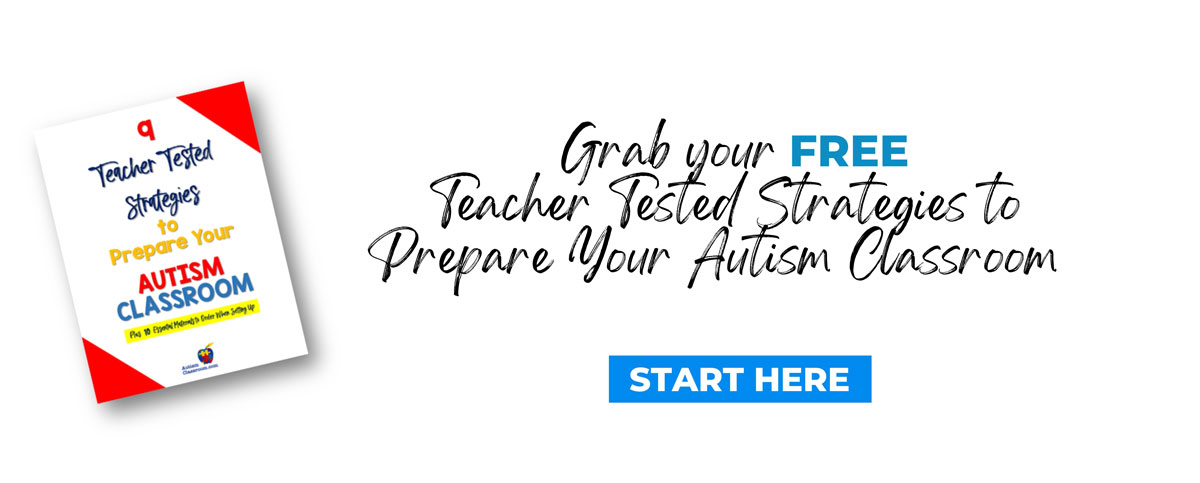
Communication is a process where information is exchanged between two or more people using common systems of signs, symbols or behavior. Most of the time, those symbols are nonverbal. Nonverbal cues give us important information on their own. When paired with a verbal message, nonverbal cues can provide additional information to help make the message really clear.
For example, have you ever "talked" to someone just by using your eyes?
All individuals with autism communicate. Some communicate non-verbally with gestures, signs, symbols and behavior. Others, communicate with words or phrases. In order to increase communication skills, educators and caregivers must appreciate what communication skills the individual is bringing to the table and build on those skills.
Understanding receptively what others are saying and expressing what they want to say is difficult for some students. For this reason, language instruction is also important. If a child cannot think of the word to indicate what they want, they will not be able to let you know what they want. Teachers and caregivers need to actively teach language skills to students, based on the student's skill level. Some ideas for language skills may be:
- Working on Matching Objects
- Understanding Same and Different
- Identifying Parts of the Body
- Learning Noun Words
- Categorizing
- Following Verb Directions
- Labeling up, down, on, off, etc.



